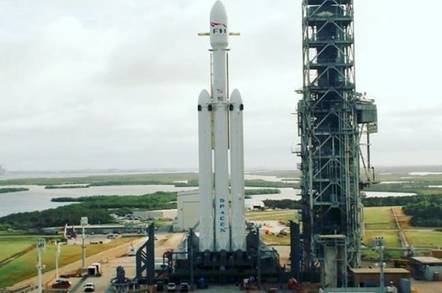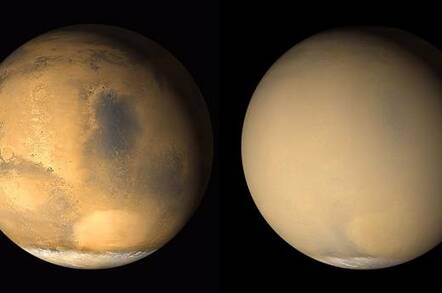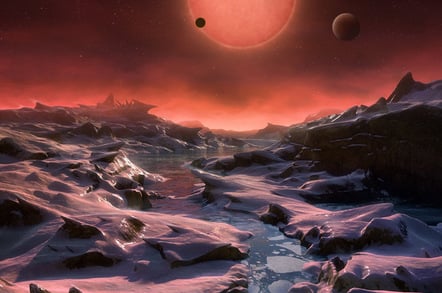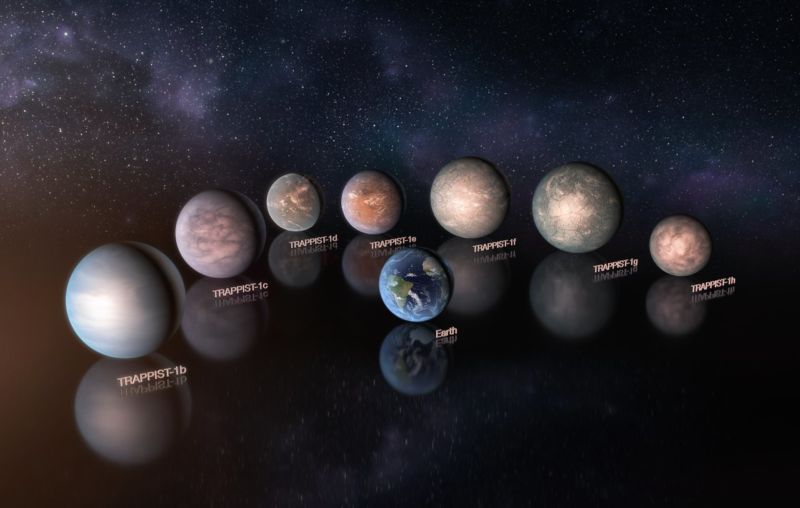Really looking forward to this one. There's a good chance of a rapid, unscheduled disassembly but if they pull it off it'll be quite the milestone:
Falcon Heavy preps for maiden voyage
SpaceX fans this morning celebrated their favorite rocketry upstart's latest
boringly successful launch from Cape Canaveral in Florida, USA.
Amid that depressingly uneventful blastoff, a visitor to the launch site spotted evidence of a Falcon Heavy being set up for test firing, signaling the hardware may finally be ready to take to the skies.
If all goes to plan, the Falcon Heavy will, during launch, fire all three rockets simultaneously, generating 22,819 kilonewtons (5.13 million pounds-force) of thrust from all 27 motors. This will boost the first payload – Elon Musk's personal cherry-red Tesla Roadster, no kidding – up into orbit, and on a nominal course to Mars.
The two side rockets will peel off before this, and land back at the spaceport for reuse. The central rocket will carry on firing, and then return for landing on the Atlantic-based SpaceX drone barge, dubbed "Of course I still love you."
Here's a simulation of the Falcon Heavy launch:
Of course, this assumes the thing doesn't explode mid-launch. The stresses on the airframe from air friction and pressure could be too much for the beefy spacecraft to handle. Musk said maximum Q – the point at which air friction and pressure are at their highest mid-flight – will be a "major pucker factor."
And if the Falcon Heavy blows up on the pad, the damage would be immense, and it could set back the program for years.









